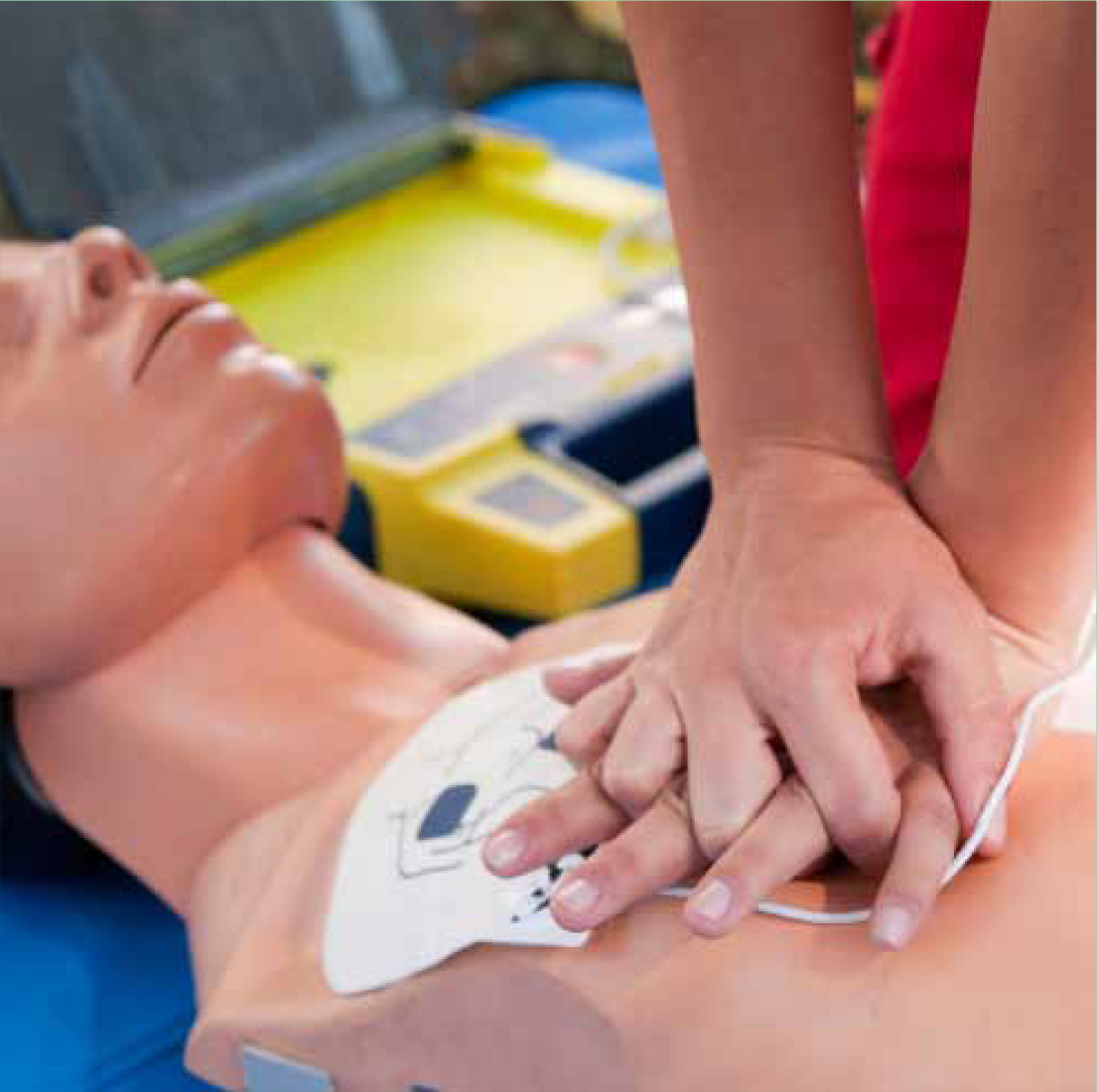Each year in the UK there are around 123 out-of-hospital cardiac arrests of known cardiac origin per 100 000 people aged under 76. Bystander cardiopulmonary resuscitation (CPR) has shown to improve discharge rates up to threefold. However, evidence suggests that CPR quality is often poor, even when performed by trained health professionals.
This study was carried out during the Australian College of Ambulance Professionals’ conference in Auckland, New Zealand. A randomised crossover trial was devised to determine the impact of music on rate and depth of chest compressions by healthcare professionals.
Participants performed compressions to no music (NM), Billy Ray Cyrus’s 1992 hit Achy Breaky Heart (ABH), and French electronic artist Mirwais’ 1999 Disco Science (DS).
Building on previous research, this trial tests the hypothesis that songs with a more pronounced beat might increase the numbers of pre-hospital health professionals delivering chest compressions at the correct rate and depth (in line with 2010 Resuscitation Council (UK) guidelines) when compared to delivering chest compressions to no music.
In total, 74 individuals volunteered for the study, of which: 37 (50 %) were male; median age of group 37 years; 45 (61 %) were paramedics, 15 (20 %) were students, and 14 (19 %) were other healthcare professionals. Overall, 40 (54 %) individuals had undertaken cardiopulmonary resuscitation training in the past year.
The participants performed three 1 minute cycles (pre-randomised sequence) of chest compressions only, with a 1-minute rest between each cycle.
Differences in proportions of participants compressing at 100–120 bpm were significant for DS (82 %) vs NM (65 %, P=0.007); and DS (82 %) vs ABH (64 %, P=0.007); but not NM vs ABH (P=1).
Significant differences in compression depth were only found in NM (48 mm, 46–59 mm) vs DS (54 mm, 44–58 mm, P=0.042); no significant differences were found between NM vs ABH, or DS vs ABH. There was little variation between the proportion of participants compressing within the recommended 50–60 mm depth of compressions: with over one third being too shallow.

The quality of chest compressions was also hampered by the use of incorrect hand positions for over half of all compressions, irrespective of song.
Potential limitations were identified with the study, including use of opportunistic sampling at a conference which may have attracted highly motivated individuals; and data collection in a public place which may either have deterred overall participation, or been distracting to participants despite the use of headphones to increase participants’ focus and reduce extraneous noise.
Considering the importance of depth as well as rate of chest compressions, the authors are sceptical about the use of music as a training aid to achieve effective CPR. It was concluded that, given similar findings in previous studies, and, although interesting, this musical line of enquiry should now be terminated.
They are not convinced that use of music improves practitioners’ quality of cardiac compressions over and above using audible feedback or a metronome. Vinnie Jones will not be best pleased to hear this!
